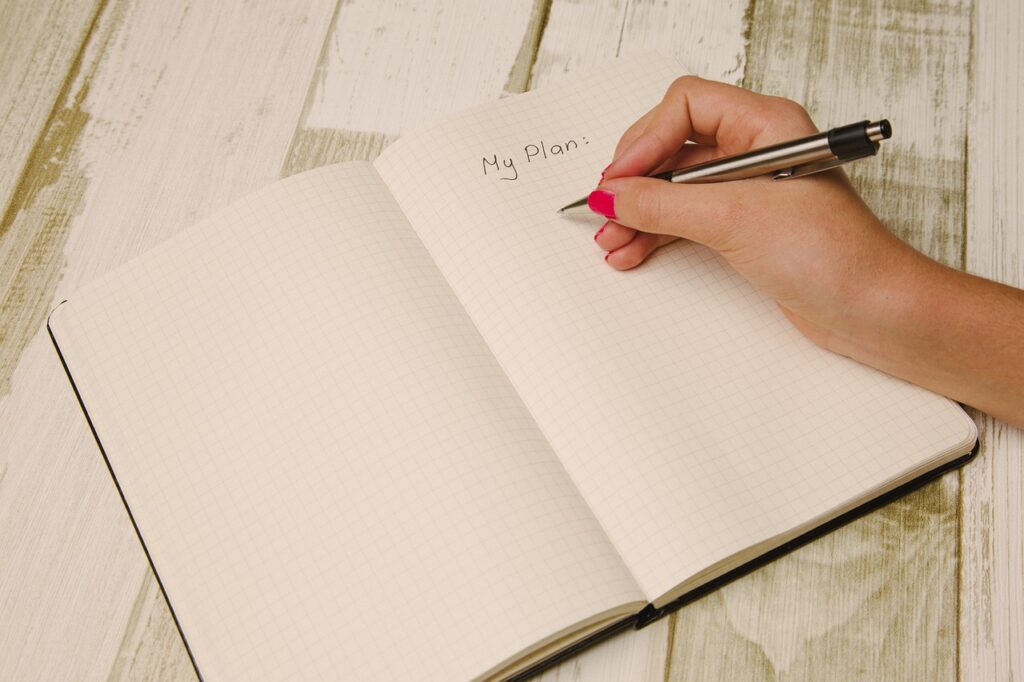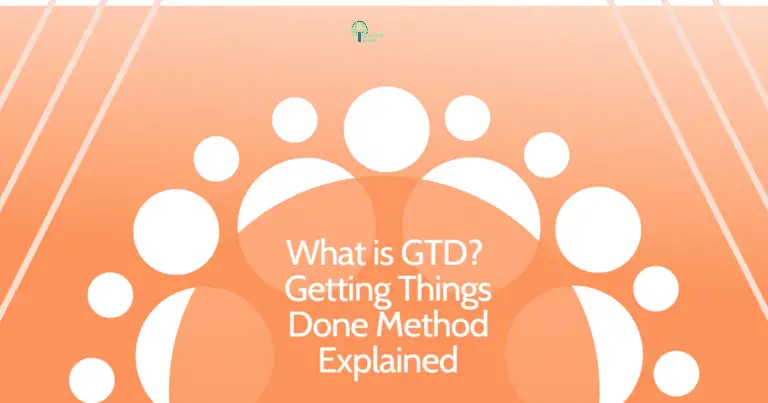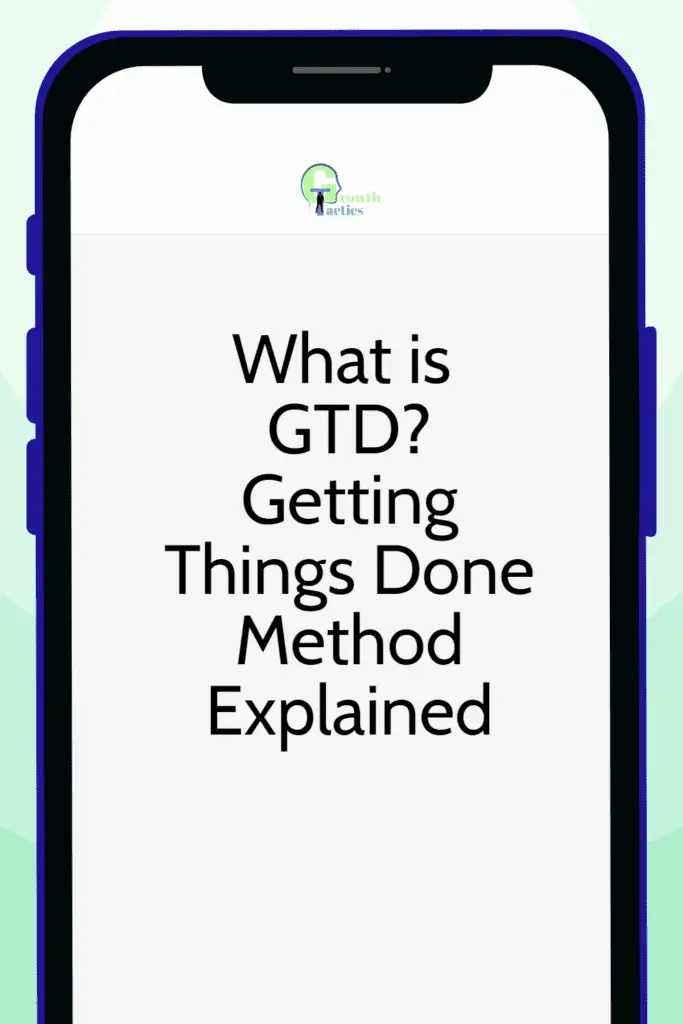Do you ever find yourself overwhelmed by the sheer volume of tasks, commitments, and ideas swirling around in your mind? Keeping track of everything can be a real challenge, leading to stress, missed deadlines, and a sense of never-ending busyness. But fear not! There’s a time management system that can help you regain control of your life and supercharge your productivity. It’s called the GTD (Getting Things Done) method, and in this blog post, we’ll explore what the GTD method is all about and how you can implement it to transform your workflow.
Jump To Section
Understanding the Core Principles of the GTD Method
The GTD method, developed by David Allen, is built on five core principles: capture, clarify, organize, reflect, and engage. Let’s break down these principles to better grasp the essence of GTD.
Capture: Collecting all tasks, ideas, and commitments
The first step in the GTD process is capturing everything that has your attention. This means collecting and recording all tasks, ideas, and commitments in a reliable system. It could be a physical notepad or a digital task management app – whatever works best for you. By getting everything out of your head and onto paper or a digital platform, you free up mental space and reduce the risk of forgetting something important.
Clarify: Determining the specific next actions required for each item
Once you’ve captured all your tasks and commitments, the next step is to clarify what needs to be done. Break down larger projects into smaller, actionable steps and identify the specific next actions required for each item. This ensures that every task on your list is actionable and moves you closer to your goals.
Organize: Creating a reliable system for organizing tasks and information
Organizing your tasks and information is crucial for maintaining clarity and efficiency. Establish different categories or lists that make sense to you, such as an inbox for new ideas, a projects list for ongoing tasks, a next actions list for immediate actions, a waiting-for list for tasks dependent on others, and a someday/maybe list for future possibilities. Designing a system that aligns with your preferences and workflow will facilitate smooth navigation through your tasks.
Reflect: Regularly reviewing and updating the task list
Reflection is an essential aspect of the GTD method. Set aside dedicated time to regularly review and update your task list. This could be a daily, weekly, or monthly process depending on your needs. During these review sessions, evaluate your progress, prioritize tasks, and identify any bottlenecks or areas that require adjustment. By regularly reflecting on your tasks, you can keep your system fine-tuned for optimal efficiency.
Engage: Tackling tasks based on priority and context
The final principle of GTD is engagement. Once you’ve captured, clarified, and organized your tasks, it’s time to get to work. Focus on the actions that align with your priorities and are appropriate for the context you find yourself in. By engaging with your tasks deliberately and purposefully, you can make progress on what truly matters instead of just staying busy.

Setting Up Your Getting Things Done System
Now that you understand the core principles of the GTD method, it’s time to set up your very own GTD workflow. Here are some steps to help you get started:
Selecting a suitable software or tool for organizing tasks
Begin by selecting a software or tool that suits your needs. There are numerous options available, ranging from digital task management apps like Todoist, Asana, or Trello, to physical planners or notepads. Find a solution that resonates with you and ensures easy access to your task list.
Creating different categories or lists for tasks
With your chosen tool in hand, it’s time to create different categories or lists for your tasks. As mentioned earlier, consider establishing sections for your inbox, projects, next actions, waiting for, and someday/maybe. This clear categorization will help you stay organized and ensure that each task finds its rightful place.
Setting up reminders and assigning due dates for time-sensitive tasks
If you want to enhance your productivity further, set up reminders and assign due dates for time-sensitive tasks. By doing so, you’ll receive timely notifications and avoid missing deadlines or letting tasks slip through the cracks. Be diligent in assigning realistic deadlines to ensure you stay on track.
Recommendations for customizing the system to fit personal preferences and workflow
Every individual is unique, so feel free to customize your GTD system to fit your personal preferences and workflow. Experiment with different layouts, colors, or additional features to create a system that truly works for you. Remember, the more comfortable and intuitive your GTD system feels, the more likely you are to stick with it and reap its personal productivity benefits.
Need a productivity boost? Explore the #GTD method to unleash your true potential! 💪💼 Check out this blog post to uncover the hidden secrets of harnessing productivity: 🚀 #ProductivityHacks #SuccessMindset
Applying GTD to Improve Daily Workflow and Productivity
Now that you have your GTD system set up, let’s dive into how you can apply GTD principles to improve your daily workflow:
Capturing All Tasks and Commitments
Train yourself to capture tasks and ideas as they arise using your chosen capture tool. Carry a small notepad or use a notes app on your smartphone for adding tasks to your to-do list. Jot down any thoughts or commitments that come to mind, ensuring nothing slips through the cracks. By capturing everything, you can stop relying on your memory and focus on what truly matters.
Clarifying Next Actions for Each Task
When clarifying your tasks, break them down into smaller, actionable steps. Ask yourself: “What is the very next physical or mental action required to move this task forward?” By breaking tasks into manageable units, you remove ambiguity and ensure clear direction and purpose.
Organizing Tasks and Reference Material
Take advantage of the organization features your chosen GTD tool provides. Categorize tasks according to their respective lists, and consider adding labels or tags to further distinguish them. Also, organize reference materials, such as documents or links, related to your tasks. Efficient organization will save you time and minimize frustration when searching for specific items or details.
Regularly Reviewing and Reflecting on Tasks
Set aside time for daily reviews, weekly reviews, or monthly reviews, and reflect on your tasks. This dedicated time allows you to reassess priorities, evaluate progress, and make necessary adjustments. By reviewing and reflecting regularly, you stay in control and make informed decisions about your workflow.
Engaging with Tasks Based on Priority and Context
Finally, engage with your tasks based on their priority and the context you find yourself in. Use the labels and tags you’ve assigned to help discern what needs focus at any given moment. Apply your energy where it will have the most significant impact, whether that’s completing urgent deadlines or working on tasks that align with your long-term goals.

Advanced GTD Techniques for Enhanced Efficiency
If you’ve mastered the basics of GTD and want to take it a step further, explore these advanced techniques:
Projects and Waiting For Lists
Consider creating a separate list for ongoing projects that consist of multiple tasks. This keeps projects organized and ensures that no steps are missed. Additionally, maintain a waiting list for tasks that are dependent on others. This way, you won’t forget about tasks that require input or action from someone else.
Utilizing Contexts
Contexts help you work efficiently based on available resources, time, or energy. Assign specific contexts to tasks, such as “at home,” “at office,” or “email.” When you find yourself in an appropriate context, you can easily identify tasks that can be accomplished at that time. This boosts productivity by allowing you to make the most of the tools, resources, or situations you find yourself in.
Overcoming Common Challenges and Pitfalls
Implementing the GTD method may come with its fair share of challenges. Here are some tips to help you overcome common hurdles:
Maintain motivation and avoid falling back into old habits by reminding yourself of the benefits GTD offers. Celebrate small wins and successes, and remember that a consistent commitment to the GTD method will lead to increased productivity and decreased stress levels.
Avoid getting overwhelmed by overly complicating your GTD system. Keep it simple and remove any unnecessary complexities. The objective is to make your system practical and easy to use daily.
Stay flexible and adapt your system as needed. GTD is not a rigid process but a framework that evolves with you. Be open to adjustments that enhance your workflow.
Conclusion
The GTD method provides a reliable and effective way to supercharge your productivity and take control of your tasks, commitments, and ideas. By embracing the core principles of capture, clarify, organize, reflect, and engage, and by setting up your GTD system, you’ll find yourself more focused, efficient, and accomplished. Implementing GTD is a valuable investment in your personal and professional success. So, don’t wait any longer. Unleash the power of productivity with the GTD method today!


